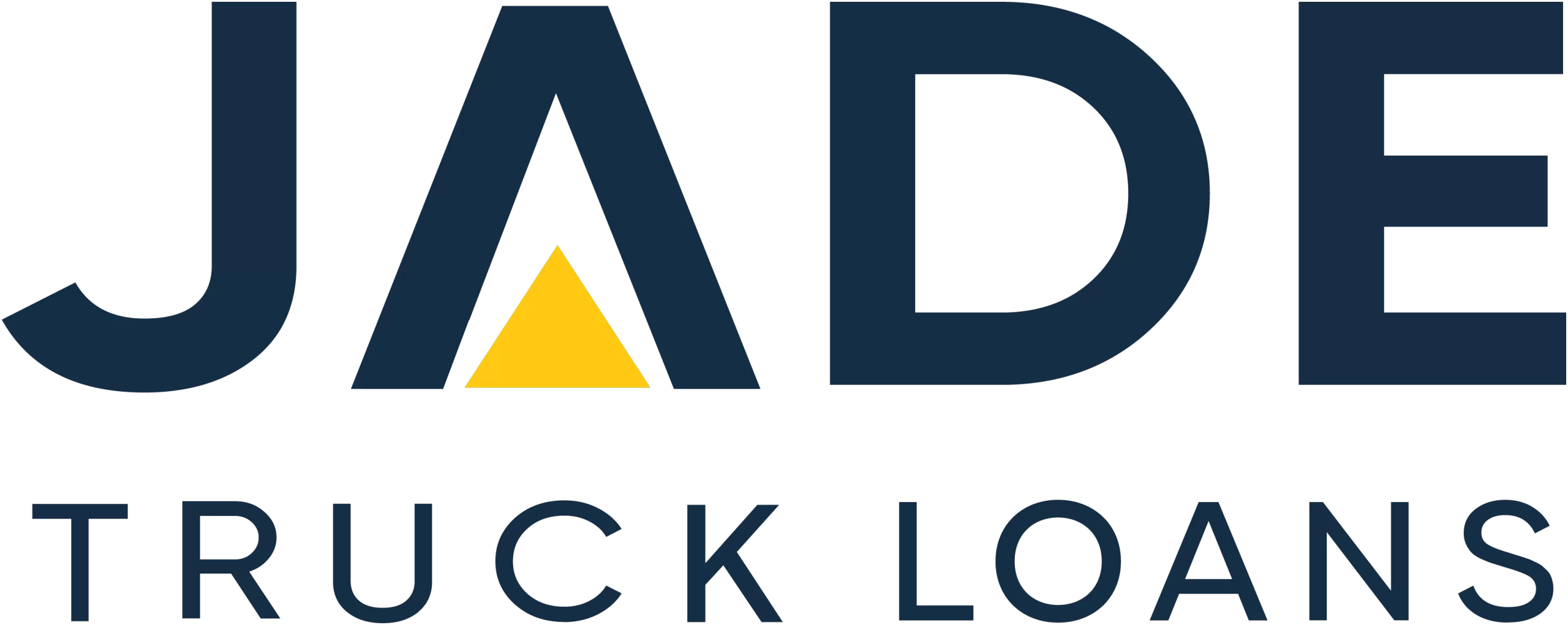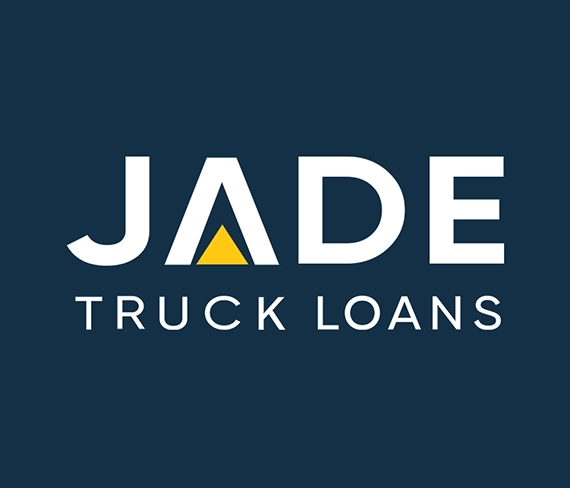The Reserve Bank (RBA) Board sprung what is considered by much of the financial markets and media as a surprise interest rate rise for May. For those that may have been trying to get a handle on what could or might happen with interest rates, there could be some understandable confusion.
Just weeks ago; there were reports that the financial markets (banks, lenders, analysts etc.) were divided on whether the next rate decision would be a hold or a rise. After the release of the March quarterly inflation figures, that sentiment appears to have shifted to the majority.
Some sources say all markets expect a May hold. As per ABS data, inflation overall did fall from 7.8% to 7%, but the major gains were in goods inflation – the price growth for goods. Services inflation, especially price growth in healthcare services, education, and travel, was still persistently high.
It was this high inflation in services, along with the forecast for a long timeframe for inflation to return to the 2-3% target, that convinced the Board that a further 0.25% interest rate rise was warranted at this time. The decision places Australia’s official cash rate at the 11-year high rate of 3.85%, a long way from the historic low of 0.1%, which was in place just over a year ago.
For operators rushing to secure new vehicles before EOFY, the interest rate rise may mean revising budgets and sourcing cheaper finance from Jade Truck Loans.
Lenders in many sectors will respond to this latest rate increase with rises in their lending rates. That includes the truck and heavy vehicle finance area. But with our large number of lenders, including specialist non-bank lenders who are extremely competitive, we continue to be able to secure the best rates.
Reserve Bank May Interest Rate Decision
The May rate decision by the RBA was announced via a media release on the bank website. The content was further elaborated on in a speech at the RBA Dinner by Governor Philip Lowe. Detail on what was specifically discussed, including what options for interest rates were debated, will be known on 16 May when the minutes are posted.
The Board comments that the peak of inflation has passed for Australia. But the 7% rate is too high and, according to the forecasts, will take some time before it is in the 2-3% target range. Getting the inflation rate to that target in a reasonable timeframe is extremely important and given as the key reason for the 0.25% increase decision.
The reasons why rates were held steady for April are reiterated. That is to allow the Board the time required to assess the outlook and the state of the Australian economy. The fall in inflation is welcomed, but the forecast that it will take several years – till 2025, to reach the target is seen as too long. The forecast is for 4.5% inflation this year and 3% around the middle of 2025.
The difference between goods and services inflation was particularly noted. Goods price inflation is slowing as supply and demand achieve a better balance due to pandemic supply disruptions. But it is in service price inflation where the RBA sees risks and major concerns.
Labour costs are rising at a ‘brisk’ rate, but productivity growth is still subdued. Tight labour market conditions are still evident. Attention remains on price-setting behaviours and labour costs, with the risk of prices and wage spiral still existing.
Governor Lowe acknowledged the difficulties faced by high inflation and the damage this can do to the economy. Saying if these high levels become entrenched in expectation, it will be costly to correct at a later time. It would involve interest rates of even higher levels and increases in unemployment.
The economic growth forecast is 1.25% in 2023, rising to about 2% in 2025. This is below the trend. Unemployment is expected to be around 4.5% by mid-2025. Uncertainties were noted around household consumption with the higher rates, pressure from rising living costs, and the previous fall in housing prices. The global economy also presents uncertainties for the Board.
In the only indication of what is ahead for interest rates, the statement notes that some more tightening in monetary policy, i.e., rate rises, may be needed to ensure a swifter decline in inflation. The Board next meets to decide on the first Tuesday in June.
Achieving Cheaper Truck Finance Rates
For operators keen to finalize truck purchases by 30 June to realize tax deductions this year, the scenario for new truck finance appears to be another rise in interest rates. But with our access to extremely competitive lenders, we remain in a strong position to secure the best rates across our Truck finance portfolio.
The other key message is the same as it has been for the past 12 months – act on purchases with finance before the next possible interest rate rise. While we have seen one rate hold this year, it may be clear from the May decision and the importance for the Board of driving inflation down faster than further increases can’t be ruled out.
To discuss how we can achieve better rates to suit your requirements, contact Jade Truck Loans at 1300 000 003
DISCLAIMER: THIS INFORMATION IS ISSUED PURELY FOR THE PURPOSE OF GENERAL INFORMATION PROVISION. IT IS NOT TO BE TAKEN AS THE ONLY SOURCE OF INFORMATION FOR BASING FINANCIAL DECISION-MAKING. THOSE REQUIRING FINANCIAL GUIDANCE AND ADVICE SHOULD CONSULT WITH THEIR FINANCIAL CONSULTANT OR ADVISOR. NO LIABILITY IS ACCEPTED FOR ANY MISREPRESENTATION OF POLICIES, DATA OR ERRORS IN THIS CONTENT.


 " alt="">
" alt="">